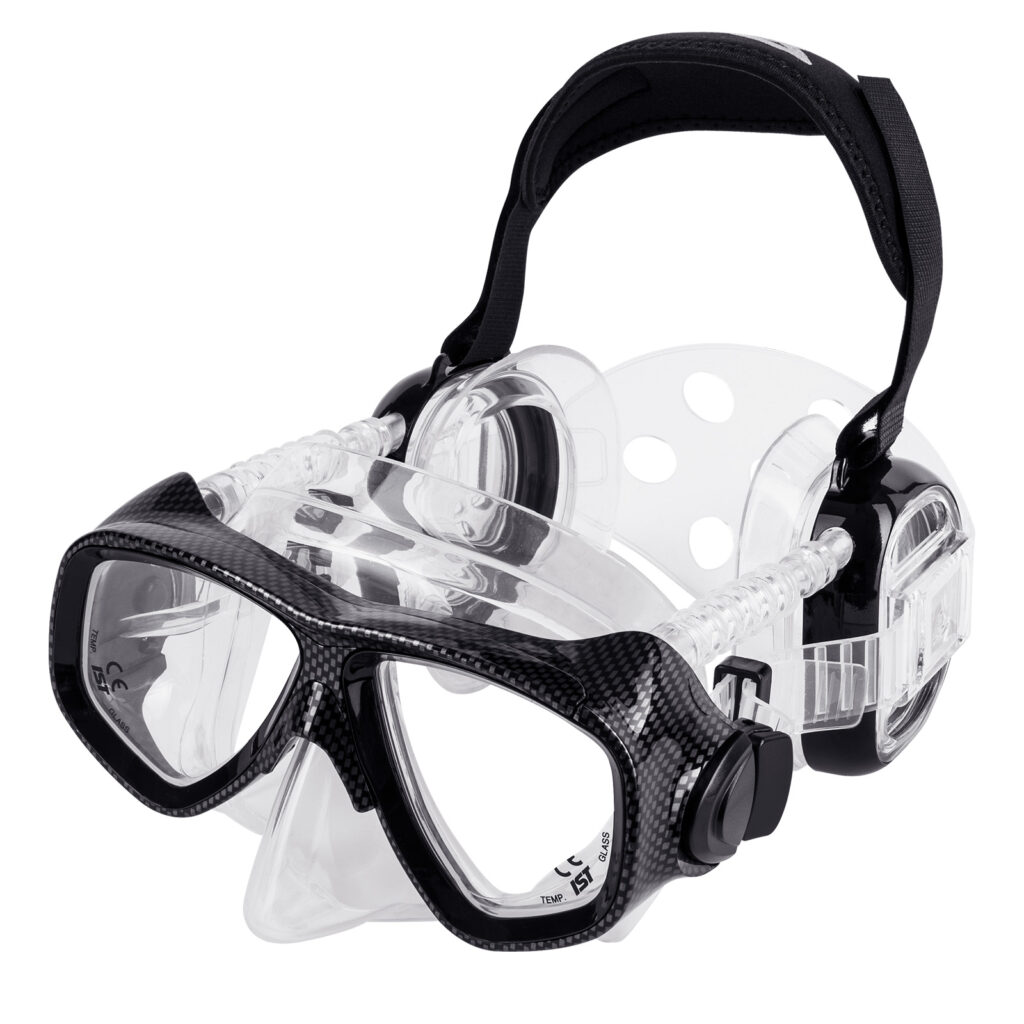Clear ears, clear dives – Essential ear care tips for dive adventures

Ear pain can quickly put an end to a dive and turn what should have been an amazing underwater adventure into a lesson in the importance of good ear health. Whether we’re new to the dive scene or experienced divers with hundreds of dives under our belts, ear problems are a common and often frustrating challenge. Ear discomfort can range from mild to severe, but by learning and sharing the right techniques and preventative tips, we can all help keep our ears healthy for more enjoyable, stress-free diving.
Understanding ear discomfort in diving
Ear discomfort underwater is typically caused by changes in pressure. As we descend, the pressure of the water increases, compressing the air in our middle ears. If not timely equalised, this can result in ear barotrauma – a potentially painful condition caused by pressure differences injuring the middle ear.

Fortunately, with common knowledge and practice, we can manage this through equalisation techniques and proper buoyancy control.
Common ear issues for divers
Here’s a look at some of the most common ear problems faced by our community

- Difficulty in equalising: If equalisation is not performed in time or consistently, pressure may build up in the middle ear and cause discomfort.
- Ear squeeze (middle ear barotrauma): It can occur when the pressure difference between the middle ear and the water outside isn’t properly equalised, leading to pain or possible damage.
- Ear infections (otitis externa or swimmer’s ear): Prolonged exposure to water can irritate the ear canal and lead to infection, especially in warmer or less pristine conditions.
- Sinus congestion: Although it is not directly an ear problem, sinus squeeze can affect our ears by creating pressure that prevents equalisation, leading to ear discomfort.
A guide to essential compensation techniques
We can make a huge difference to protect our ears and improve comfort by using the right compensation techniques. Here are some of the most common and effective methods used by the diving community

- Valsalva maneuver
Pinch your nose and blow gently as if you were trying to exhale through it. The emphasis is on gently. This manoeuvre forces air into the Eustachian tubes, helping to equalise pressure in the middle ear. Keep in mind that blowing too hard can do more harm than good. - Toynbee maneuver
Pinch your nose and swallow. Swallowing helps open the Eustachian tubes and equalises the pressure. Many of us find it a good alternative to the Valsalva manoeuvre. - Lowry technique
This technique is a combination of the Valsalva and Toynbee manoeuvres. Pinch your nose, blow gently and swallow at once. It usually leads to a more significant equalisation. - Swallowing and jaw thrusting
Repeated swallowing or pushing the jaw forward (like a yawn) can gently help open the Eustachian tubes, allowing for a smoother compensation. - Frenzel maneuver
Pinch your nose, close your mouth and make a “k” sound with the back of your tongue. This is particularly useful for freedivers and those of us who need to control equalisation at depth.
Success tips: Begin equalising before even starting the descent and continue regularly on the way down. By practising these techniques above water, they will become second nature underwater.
Prevention tips for ear health
Taking care of our ears is something that starts even before we get in the water. Here are some tips that work well for our community:
- Descend slowly and feet first: A gradual descent helps our bodies adjust to pressure changes, reducing the risk of ear and sinus issues.
- Stay hydrated: Proper hydration keeps our sinuses and ear passages clear, making equalisation easier.
- Avoid diving with congestion: Blocked sinuses can make equalising difficult, increasing the risk of barotrauma.
- Use ear protection: Dive masks with built-in tube and seal systems are available, automatically equalising ear pressure effectively. Watertight ear cups keep the ears dry, warm, and infection-free.

Buoyancy and position control for ear safety
Good buoyancy control, correct weighting and mastery of our position underwater – whether descending or ascending – are essential to prevent accidental ear trauma caused by lack of buoyancy. The use of a descent line, if available, can be extremely helpful for those who are comfortable with a more controlled descent. If not, then it’s up to each diver to manage the descent rate and adjust regularly to keep the ears comfortable and safe.
Managing ear discomfort post-dive
If we do experience discomfort, here are some steps to help:
- Rinse with freshwater: Especially in salt water or less pristine conditions, rinsing your ears with fresh water after a dive can help prevent infections.
- Warm compress for minor pain: A warm compress can be soothing for mild discomfort.
- Avoid cotton buds: They can cause irritation or push wax deeper, increasing the risk of infection.
- Seek medical attention for persistent issues: If we experience severe or persistent pain, or symptoms of infection, it’s best to consult a medical professional, specifically an otorhinolaryngologist with expertise in scuba diving.
Final thoughts
Let’s keep our ears happy and our dives stress-free as we share tips and hacks gathered from our own adventures. By practising proper equalisation and addressing any discomfort early on, we can avoid the dreaded ear squeeze and focus on what really matters – having a blast underwater! A little proactive care goes a long way to making our underwater explorations as safe and enjoyable as possible
May your adventures be filled with crystal clear water and no earaches! Stay tuned for more such tips on our blog. Until then, happy diving!





